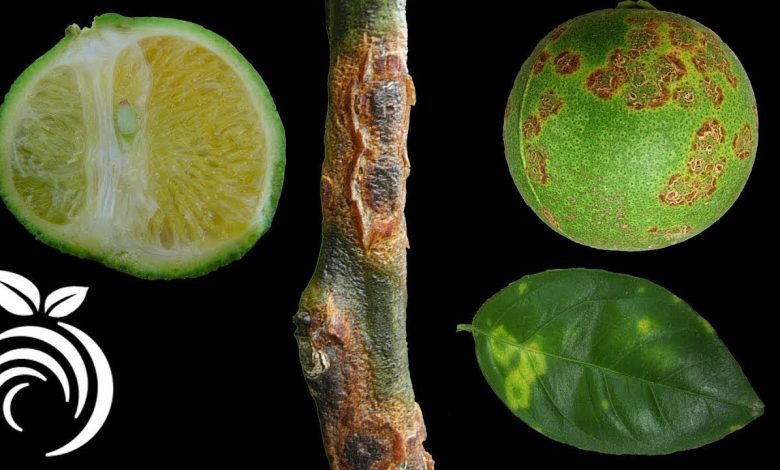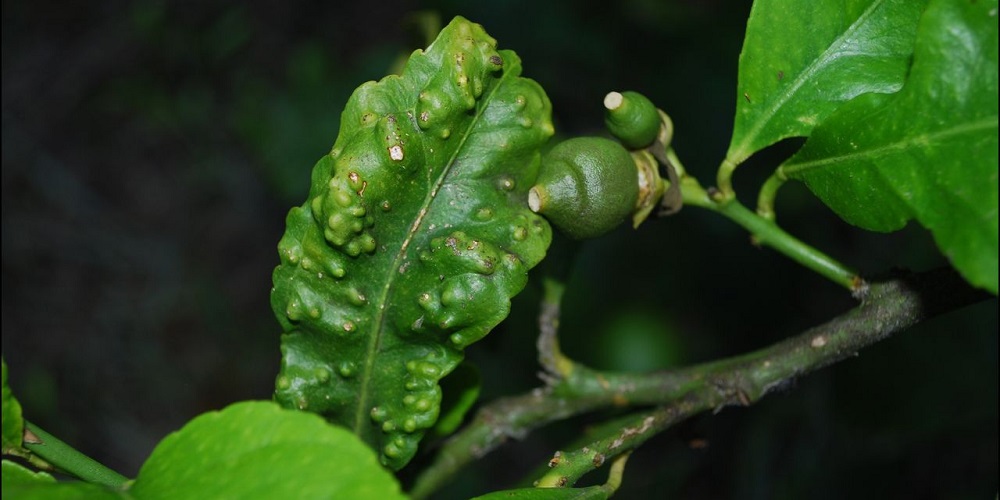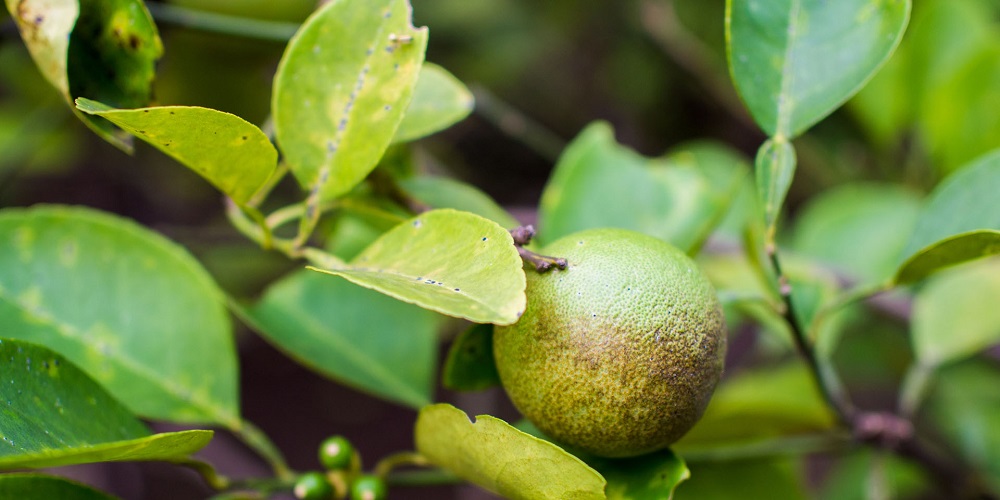What are the diseases of the lemon tree?

The lemon tree is one of the most beautiful and easiest trees to care for in our gardens, even supporting its cultivation indoors. However, although it does not require special care, it can be affected by different problems, which can damage its trunk, branches and even its fruits.
Halfway between the decorative and the practical, the lemon tree is one of the most common trees in all kinds of gardens. In addition, it is increasingly common to find lemon trees in pots, thanks to their beautiful appearance and high resistance. We are talking about a tree whose presence and appearance is very pleasing to the eye in any environment, as the flower of the lemon tree shows us. And as if that were not enough, the tree also generates a good amount of fruit. These lemons have many uses, among which we have culinary ones, with a large number of recipes of all kinds, even those related to our health and beauty, being able to use their juice or essence in steam baths, in a facial sauna or in the production of cosmetics and homemade soaps.
As the last advantage of this species, the lemon tree has the advantage of being a tree that does not require special care and that adequately supports almost any environment or climate. However, this does not mean that it is indestructible. So if your lemon tree is not producing lemons, it looks bad or it loses too many leaves, it is a sign that there is a problem. So that you know how to act in these cases, we are going to mention some of the problems that affect this species, so that you can return your trees to an optimal state in a short time.

lemon tree pests
One of the most common problems that any lemon tree endures is pests. We are talking about different types of insects that can attack the tree and cause its development to be inadequate. And although there are many options to combat this problem, it is best to resort to home remedies or an ecological insecticide for fruit trees, in order not to add greater toxicity to the environment. However, if the situation is serious and these remedies are not enough, we will have to resort to chemistry.
Among the most common pests of these trees, we have the lemon tree aphid. This insect usually appears when temperatures are around 15 degrees and there is a high level of humidity. The insects perch on the buds of the tree, preventing new leaves from appearing and causing deformations in the fruits. This pest can be treated with potassium soap or some other suitable insecticide.
Another common pest is the so-called leafminers, which are usually the main cause of leaf fall in citrus. These insects nest in the leaves of the tree and form galleries in them to feed. Its presence is perceived by the existence of leaves with brown areas in the lemon tree. If measures are not taken, these leaves end up falling from the tree, preventing its development. The treatment against this pest would be neem oil or a mixture of half a cup of potassium soap and two cups of vegetable oil, sprayed on the tree.
Similar is the behavior of the lemon mealybug, which sticks to the leaves and stems, feeding on them. They appear during the summer and try to grow as much as possible before the cold sets in. They can be treated with a mixture of equal parts of water and pharmacy alcohol sprayed by the tree.
Diseases of lemon trees and treatments
In addition to pests, there are a number of citrus diseases that can affect both the lemon tree and its fruits. Among them, we have the Alternaria Alternata. This fungus appears in the form of brown spots on the leaves and is usually related to excessive watering. Once it appears, it is key to reduce that risk, to avoid further damage to the tree.
Exocortis, a disease caused by the citrus viroid, can also appear. In this case, the disease is perceived in the appearance of cracks and scales on the bark, dwarfism, and the presence of yellow spots on the trunk. Unfortunately, the only solution is to cut down the tree and burn it to prevent the problem from spreading. Something similar happens with the sadness virus, which is spread by the presence of aphids and causes problems such as flowering out of season or the inability of the tree to grow. The only remedy is the one we have mentioned: cut and burn.
Finally, we have to talk about Penicillium. This fungus appears on the fallen fruits of the tree, causing them not to be consumed. Eliminating this fungus is easy, using copper compound fungicides.

Other issues of interest
In addition to what has been said, there are other interesting issues that should be known when caring for our lemon tree. One of them has to do with pruning. Depending on whether it is a young or old lemon tree, this should be done at different times. The young lemon tree is pruned just before transplanting to the definitive land, while the adult and old lemon tree should be pruned after having obtained the fruits and before the frosts arrive. When pruning a diseased lemon tree, the same periods can be followed, taking advantage of the process to remove those branches affected by the disease. These same periods can be applied to prune a lemon tree 4 seasons, one of the most common.
Another detail to assess about the lemon tree is the state of the leaves. Leafminer damage aside, if the leaves aren’t green it’s a sign of trouble. The yellow leaves of the lemon tree indicate a lack of nutrients in the tree, which we must compensate adequately, or an excess of irrigation. If the green is very dull, then we will have to provide more light to the tree, this being a common problem in potted lemon trees.
Regarding the fall of leaves in citrus, this is normal if it occurs at the time and in an adequate quantity. Excessive leaf drop is also a sign of problems, which should be properly evaluated.
Finally, we talk about growth. If we are talking about a potted lemon tree, it is likely that its roots have run out of space, simply transplanting the tree to a larger pot. If it is a garden lemon tree, we should rule out the diseases mentioned above. If the tree is healthy, it is most likely that it lacks fertilizer (in this link you can find several products to choose from). Due to the culinary use of the fruits, it is essential to use organic fertilizers, such as manure or guano.


![Photo of The White Fly (Aleyrodidae): [Identify, Fight and Prevent It]](https://www.complete-gardening.com/wp-content/uploads/2022/08/the-white-fly-aleyrodidae-identify-fight-and-prevent-it-390x220.jpg)
![Photo of Onion Diseases: [Characteristics, Types, Detection and Treatment]](https://www.complete-gardening.com/wp-content/uploads/2022/08/onion-diseases-characteristics-types-detection-and-treatment-390x220.jpg)
![Photo of Brachychiton Tree: [Planting, Care, Watering, Substrate]](https://www.complete-gardening.com/wp-content/uploads/2021/06/Brachychiton_1602532992-390x220.jpg)